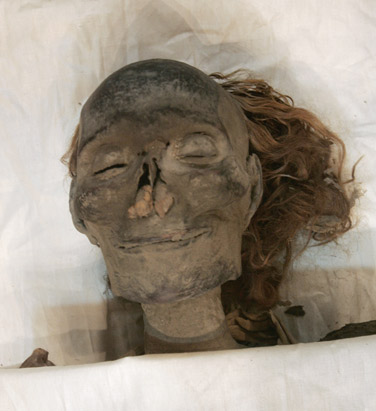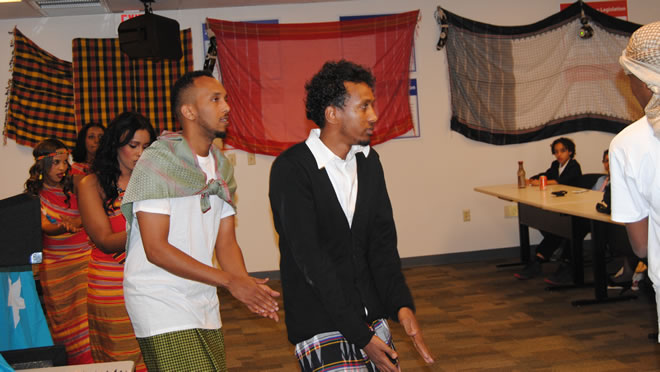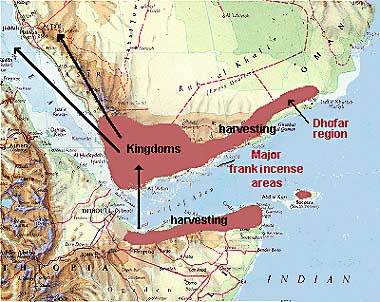LiquidHYDROGEN
Yup. Well and concisely put.
Moderators: Moderators, Junior Moderators


race is a social construct moron. in america is there is no somali race. to be scared to call yourself black means you've fallen for the myths of white superiority. when someone asks me where I'm from I say I'm Somali. when someone asks what race I am, I say BLACK.XimanJaale wrote:And did you personally saw 'most' of these somalis with black skin? Dude I'm Somali full stop. I'aint Black nor am I a Arab. Who the fuck calls himself a colour? Do u think I have the adoon mentality? Somali N ProudMaliPrince wrote:
do you have a fear of being called black? most somalis have black skin so get over it.

no we don't. the pure Somali looks like the rest of the other cushtic tribes in the Horn. your just a mixed Somali who has attributes that are not native to the Horn. we look no different in the aggregate than the Oromo, Afar, etc. and in addition we have many intermediate forms of people that are part Somali and part other. these mixed populations are the ones that resemble the semetic tribes in the horn like the Amhara and Tigre.lasanodboi wrote:I always gets mistaken for being Brazilian the world has to understand Somalis has their own unique look

you seem to be confusing curly hair with jareer. the TRUE somali has soft curly hair. I would say K'naan's hair texture for example is a perfect example of the pure Somali hair type. Curly locks that are not as tightly curled as the bantu tribes but also not loose and straight like the whites/arabs/indians.Bilis wrote: I of course agree with the part in bold. But some of the guys you posted had timo jareer, let's be honest.

yup. soft curly hair is the Somali phenotype. jareer just means coarse hair which is the typical bantu phenotype. there is a reason Somalis use the term timo hindi to describe Somalis with straight hair. that was obviously a foreign look to our ancestors.Bilis wrote:Also, as you know, timo jileec refers to soft texture, and timo jareer to the opposite of that.
First you state that your relatives have bushy hair. Then when I shrug and say ok and suggest that you have timo jareer, you insist that you don't and that you instead have timo jileec like that would be bomber. Now you're posting that rapper dude (who actually has different hair texture from the would be bomber) as the new "typical" type.MaliPrince wrote:you seem to be confusing curly hair with jareer. the TRUE somali has soft curly hair. I would say K'naan's hair texture for example is a perfect example of the pure Somali hair type.
In hair form the Ethiopians also have their own system, which hardly agrees with ours. It has three divisions; lüchai, meaning “straight,” gofari, meaning “curly,” and another term which signifies extremely negroid, or peppercorn. Actually, no single highland Ethiopian with straight hair was measured in the author’s series, although one apparently straight-haired Agau was seen. Among the Amharas, 80 per cent were called “curly,” and the rest “straight,” according to native terminology; among the Gallas the same 20 per cent of “straight” were found, while among the Sidamos this rose to 30 per cent. Actually, the gofari class included both curly hair in a Hadhramaut sense, and frizzly hair of a negroid character. Hair which the Ethiopians themselves considered negroid was confined to a few individuals who were to all purposes pure negroes, and undoubtedly slaves.
According to our own classification, 40 per cent of the Amharas have non-negroid, wavy or curly hair,66 and the rest frizzly; the non-negroid class among the Gallas is 30 per cent, among the Somalis 86 per cent. Some of the Somalis actually have straight hair. Although our series of Sidamos is too small to be reliable, it indicates that these people are not as frequently negroid in hair form as are the Amharas.
Timo hindi is a colloquial term for bone straight hair. It doesn't describe the actual hair texture; only jileec vs. jareer do. In fact, timo hindi is itself jileec because timo jileec refers to soft hair texture.MaliPrince wrote:yup. soft curly hair is the Somali phenotype. jareer just means coarse hair which is the typical bantu phenotype. there is a reason Somalis use the term timo hindi to describe Somalis with straight hair. that was obviously a foreign look to our ancestors.
No sxb.MaliPrince wrote:the straight hair hindi look some Somalis have is not the pure Somali type. its an obvious result of admixture with non-African groups who were assimilated into the Somali people over the centuries.
Below is the mummy of the Queen Hatshepsut. She was the Pharaoh who sent the great expedition to the Land of Punt (which was likely in the Horn), with her delegates bringing back frankincense and other items to Egypt. As you can see, she too was jileec:In addition to its style, the color, texture, type, and general condition of the hair can also be examined. Hair color is a fascinating study in itself, and the wide range of shades portrayed in Egyptian art does, to a large extent, reflect the diverse range found in reality. The most common hair color then, as now, was a very dark brown, almost black color, although natural auburn and even (rather surprisingly) blonde hair are also to be found. With their great fondness for elaboration, the Egyptians’ skillful use of dyes has produced yet further shades for us to study, analysis showing many to be various forms of henna, which even an aged Rameses II had used regularly to rejuvenate his white hair.
The vast majority of hair samples discovered at the site were cynotrichous (Caucasian) in type as opposed to heliotrichous (Negroid), a feature which is standard through dynastic times









yes they used to go to puntland to do trading's....even ancient Egyptians believed that their ancestors came from puntland...hence the close ties...Arabman wrote:Someone please clarify; were ancient Somalis who were related to ancient Egyptians from Puntland?

Frankincense and myrrh, which were imported by the Egyptians from Punt, are still found in abundance in Puntland. I don't think it's found as much in Somaliland or Somalia. It's the unique terrain in Puntland that supports the cultivation of frankincense and myrrh. The following map and site supports the fact:Hodan94 wrote:however even today we don't know where the REAL puntland is..


Arabman wrote:I don't think it's found as much in Somaliland
